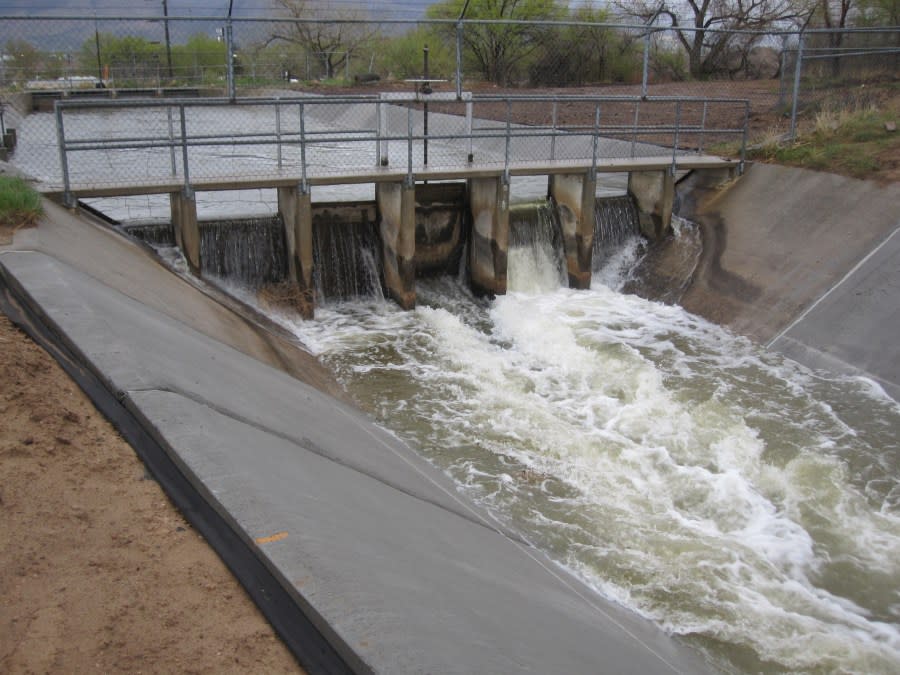Will solar panels on canals help the West save water? Project in Weber Co. aims to find out
WEBER COUNTY, Utah (ABC4) — Could installing solar panels on irrigation canals boost the water supply while simultaneously providing a fresh source of clean energy? A water district in northern Utah is set to find out.
Earlier this month, the Weber Basin Water Conservancy District (WBWCD) was awarded a chunk of $19 million in federal funding to test the idea, which could be rolled out on a massive scale across the American West to improve the region’s resilience to drought and climate change.
Utah officials update public on emergency state of damaged Panguitch Dam
According to the U.S. Department of Interior, WBWCD will get $1.5 million to install solar panels in the upper portion of the Layton Canal, which is located in Weber County. The project will be a five-year demonstration, collecting data on the feasibility of the novel concept to conserve water and generate renewable energy.
“We love the implementation of new technologies,” said Jonathan Parry, assistant general manager for the water district. “We’re excited to see how this can play a role in our energy portfolio.”
How is this supposed to work?
According to Parry, the water district is aiming to install solar panels on a 1,400-foot section of the Layton Canal, shading what is currently an exposed area of open water.
This is expected to reduce evaporation from solar radiation, meaning there’ll be more water in the irrigation system. The shade should also limit toxic algal blooms, thereby improving water quality.
Additionally, studies suggest that any evaporation that does happen off the water will act as a coolant on the solar panels, making them more productive in energy generation, Parry said.

These potential benefits are all things the WBWCD will look to monitor over the course of the project. Should it play out as expected, more solar panels could be installed in the district, which supplies water to parts of Davis, Weber, Morgan, and Summit counties.
“We’ve got a lot of canals that have the potential for these types of installations,” Parry said.
When will the project be up and running?
The WBWCD expects the Layton Canal project to be up and running in the next two to two-and-a-half years. But before construction gets underway, details need to be finalized and all the equipment needs to be gathered.
According to Parry, in the next six months, the WBWCD will get a consultant on board to help with designing the project and equipment selection.
Other projects in the West
Two other water districts in California and Oregon also received federal funding this month to test floating solar panels in canals, and last year, $5.6 million went to fund a solar panel project at the Casa Blanca Canal in Arizona.
According to the U.S. Department of Interior, the money for these projects came from the Inflation Reduction Act, which carved out $25 million to design, study and implement solar projects on water facilities connected to the Bureau of Reclamation.
The WBWCD has a close relationship with the bureau, Parry said, adding that the original Weber Basin water project was a federal undertaking in the 1950s and ’60s. Parry said the bureau often works with the WBWCD to provide grants and alerted the water district about this particular opportunity.
“We want to be providing as much value as we can to our communities and doing it as efficiently as possible,” Parry said. “We’re hopeful that this is another tool and resource to do exactly that.”
For the latest news, weather, sports, and streaming video, head to ABC4 Utah.

